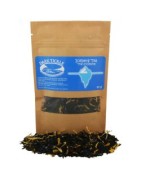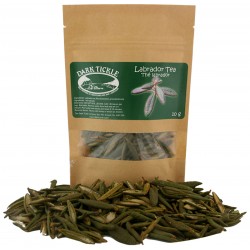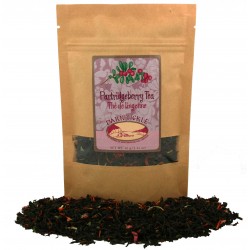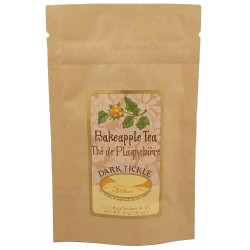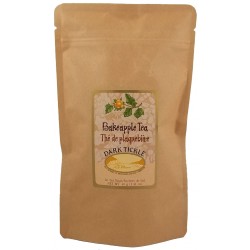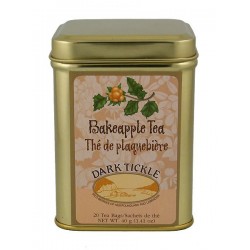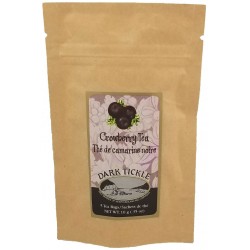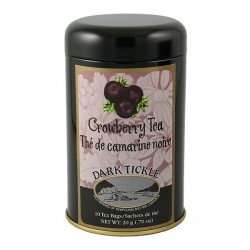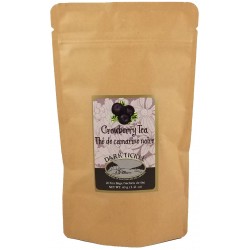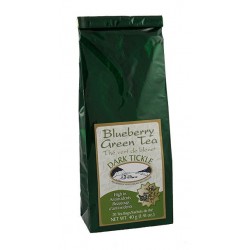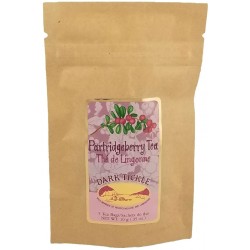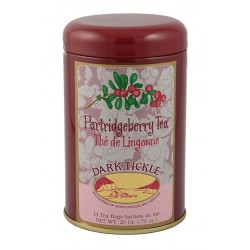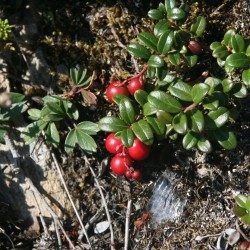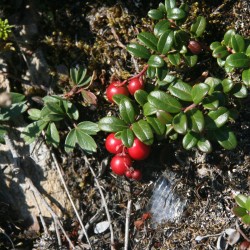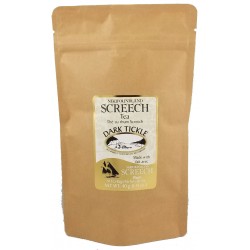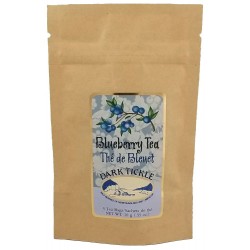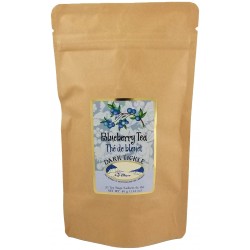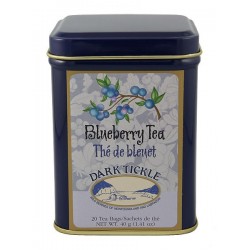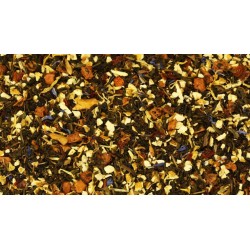Shopping Cart
Tea
$9.50
An intoxicating blueberry aroma that seemingly overflows from the cup. Tempered with sweet piquant notes of maple. Makes a superb hot or ice tea. Biodegradable pack. Loose.
$9.50
Partridgeberry infused pure premium Ceylon tea. Full flavoured with a piquant character. Try it on ice! Now available in loose tea! Biodegradable pack.
Bakeapple
Bakeapple Tea 5 Teabags 10g (0.35oz)
$5.30
Bakeapple infused pure premium Ceylon tea. Add a dash of sugar to enhance the flavour. Makes a superb ice tea.
Bakeapple
Bakeapple Tea 10 Teabag Tin 20g (0.70oz)
$13.98
Bakeapple infused pure premium Ceylon tea. Add a dash of sugar to enhance the flavour. Makes a superb ice tea.
Bakeapple
Bakeapple Tea 20 Teabags 40g (1.41oz)
$9.80
Bakeapple infused pure premium Ceylon tea. Add a dash of sugar to enhance the flavour. Makes a superb ice tea.
Bakeapple
Bakeapple Tea 20 Teabag Tin 40g (1.41oz)
$18.20
Bakeapple infused pure premium Ceylon tea. Add a dash of sugar to enhance the flavour. Makes a superb ice tea.
Berry Herbal
Berry Herbal Tea 50g (1.76oz)
$9.95
Full flavoured with deep berry accents. The burgundy red colour gives strength and character. An excellent herbal tea. Caffeine free. Loose
Ingredients: hibiscus, elderberries, dried black currents, and natural flavours.
Berry Herbal
Berry Herbal Tea 60g (2.12oz)
$16.30
Full flavoured with deep berry accents. The burgundy red colour gives strength and character. An excellent herbal tea. Caffeine free. Loose.
Ingredients: hibiscus, elderberries, dried black currents, and natural flavours.
Crowberry
Crowberry Tea 5 Teabags 10g (0.35oz)
$5.30
Crowberry infused pure premium Ceylon tea. Tangy and sweet. Try it with a touch of honey. An excellent flavoured tea.
Crowberry
Crowberry Tea 10 Teabag Tin 20g (0.70oz)
$13.98
Crowberry infused pure premium Ceylon tea. Tangy and sweet. Try it with a touch of honey. An excellent flavoured tea.
$9.80
Crowberry infused pure premium Ceylon tea. Tangy and sweet. Try it with a touch of honey. An excellent flavoured tea.
Crowberry
Crowberry Tea 20 Teabag Tin 40g (1.41oz)
$18.20
Crowberry infused pure premium Ceylon tea. Tangy and sweet. Try it with a touch of honey. An excellent flavoured tea.
$9.80
Very aromatic. The fruity blueberry flavour fills the cup. Loaded with polyphenols. These natural compounds have potent antioxident properties and give green tea its slightly tart character.
Partridgeberry
Partridgeberry Tea 5 Teabags 10g (0.35oz)
$5.30
Partridgeberry infused pure premium Ceylon tea. Full flavoured with a piquant character. Try it on ice!
Partridgeberry
Partridgeberry Tea 10 Teabag Tin 20g (0.70oz)
$13.98
Partridgeberry infused pure premium Ceylon tea. Full flavoured with a piquant character. Try it on ice!
Partridgeberry
Partridgeberry Tea 20 Teabags 40g (1.41oz)
$9.80
Partridgeberry infused pure premium Ceylon tea. Full flavoured with a piquant character. Try it on ice!
Partridgeberry
Partridgeberry Tea 20 Teabag Tin 40g (1.41oz)
$18.20
Partridgeberry infused pure premium Ceylon tea. Full flavoured with a piquant character. Try it on ice!
Screech Tea
Screech Tea 20 Teabags 40g (1.41oz)
$9.80
Our premium Ceylon black tea flavoured with genuine Newfoundland Screech Rum. Will cure what ails ya!
Wild Blueberry
Wild Blueberry Tea 5 Teabags 10g (0.35oz)
$5.30
Wild Blueberry infused pure premium Ceylon tea. Intoxicating in aroma and full flavoured. Nice over ice, or serve hot with a pinch of sugar.
Wild Blueberry
Wild Blueberry Tea 10 Teabag Tin 20g (0.70oz)
$13.98
Wild Blueberry infused pure premium Ceylon tea. Intoxicating in aroma and full flavoured. Nice over ice, or serve hot with a pinch of sugar.
Wild Blueberry
Wild Blueberry Tea 20 Teabags 40g (1.41oz)
$9.80
Wild Blueberry infused pure premium Ceylon tea. Intoxicating in aroma and full flavoured. Nice over ice, or serve hot with a pinch of sugar.
Wild Blueberry
Wild Blueberry Tea 20 Teabag Tin 40g (1.41oz)
$18.20
Wild Blueberry infused pure premium Ceylon tea. Intoxicating in aroma and full flavoured. Nice over ice, or serve hot with a pinch of sugar.


